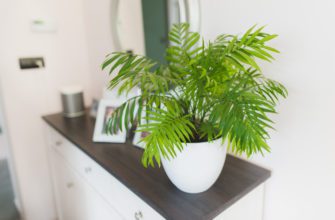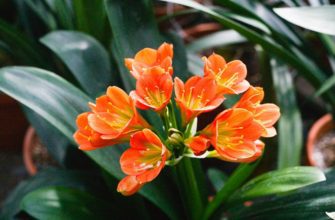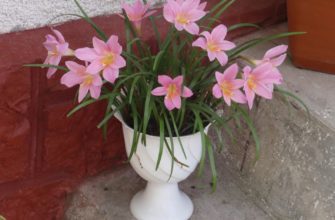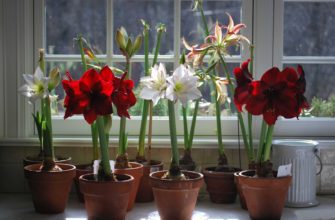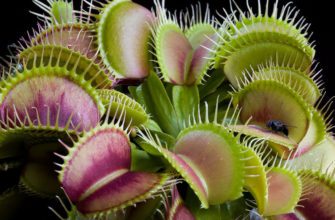In the world of indoor plants, chlorophytum occupies a special place due to its unpretentiousness and ability to transform interiors. Beautifully decorating living space, this plant inhabitant gives the atmosphere freshness and natural beauty. In our article, we will dive into the world of caring for chlorophytum at home. You will learn about its features, reproduction, soil and light requirements, and also receive valuable advice on care at different times of the year. We will reveal to you the secrets of how to create the perfect environment for chlorophytum so that it can flourish and bring joy to your home.
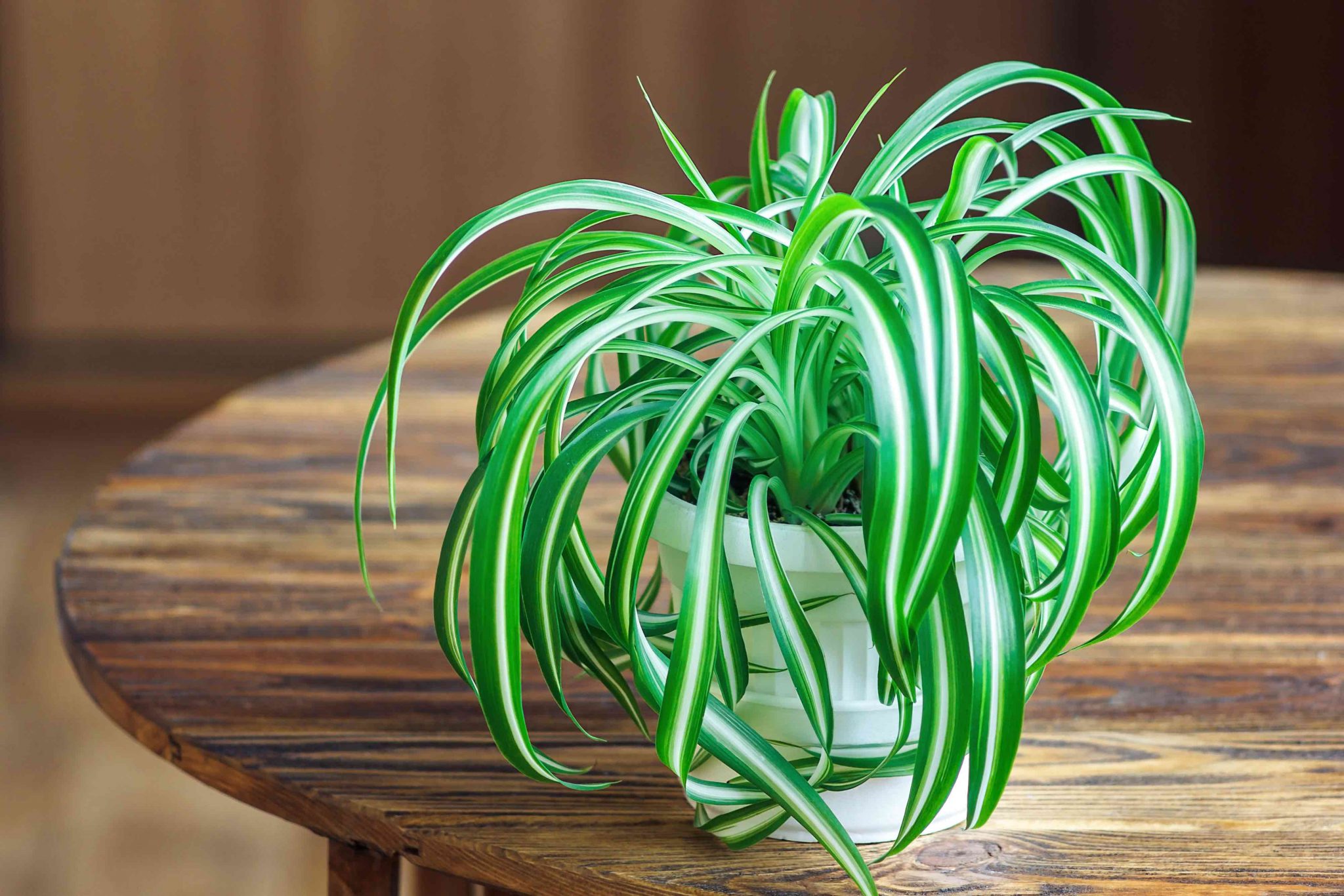
Chlorophytum is a popular houseplant.
Chlorophytum is certainly one of the most popular and sought-after indoor plants among caring gardeners and lovers of home interior landscaping. Its charm and versatility make it an ideal companion for a variety of design styles, from classic to modern.
The light green leaves of the plant, which hang elegantly from high shoots, create an atmosphere of natural freshness in any room. It is able to transform even the most ordinary corners, adding a touch of living nature. Chlorophytum is also an extremely adaptable plant, able to thrive in a variety of care conditions.
The plant's popularity is explained not only by its aesthetic appeal, but also by its ability to have a beneficial effect on the environment. The plant is able to improve indoor air quality by detecting harmful substances and improving the microclimate. This is especially important in the conditions of modern urban agglomerations.
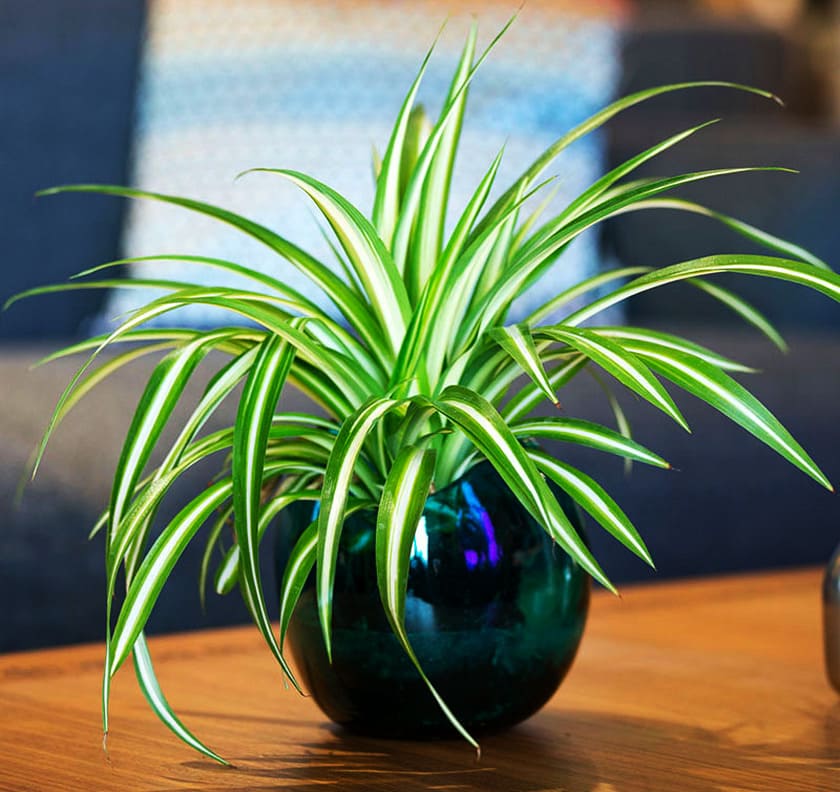
Basics of Chlorophytum Care
Basic care for your Chlorophytum houseplant is a key component to ensure its healthy growth and beauty. A careful approach to care will allow your Chlorophytum to delight you with its green leaves and maintain a cozy atmosphere in your home. Here are some important aspects to consider:
- Lighting: Chlorophytum prefers bright but diffused light. It can survive in partial shade, but for best growth it is best placed in bright diffused light. It is best to avoid direct sunlight, especially during the summer months.
- Watering: Moderate and regular watering is key. Wait until the top layer of soil dries out before watering again. It is important not to allow the roots to dry out or, conversely, to allow water to stagnate. In winter, when growth slows down, watering is reduced.
- Temperature: Chlorophytum feels comfortable at temperatures in the range of 18-24°C. Avoid sudden temperature changes and cold drafts.
- Humidity: Chlorophytum does not require high humidity, but sometimes it is useful to spray its leaves with soft water, especially in hot weather.
- Priming: Use well-drained soil with good aeration. Adding sand or perlite can improve drainage.
- Top dressing: Feed your chlorophytum once a month in spring and summer with houseplant fertilizer. It is important not to overdo it to avoid nutrient overload.
- Transfer: Young plants are replanted every year, adults - once every 2-3 years. Replant in a larger pot with new soil.
- Trimming: Remove old and wilted leaves to encourage new growth. If desired, you can prune to form a compact crown.
By following these basic principles of care, you will create comfortable conditions for the growth and prosperity of your chlorophytum. This plant companion will delight you with its beauty and add natural charm to your home.
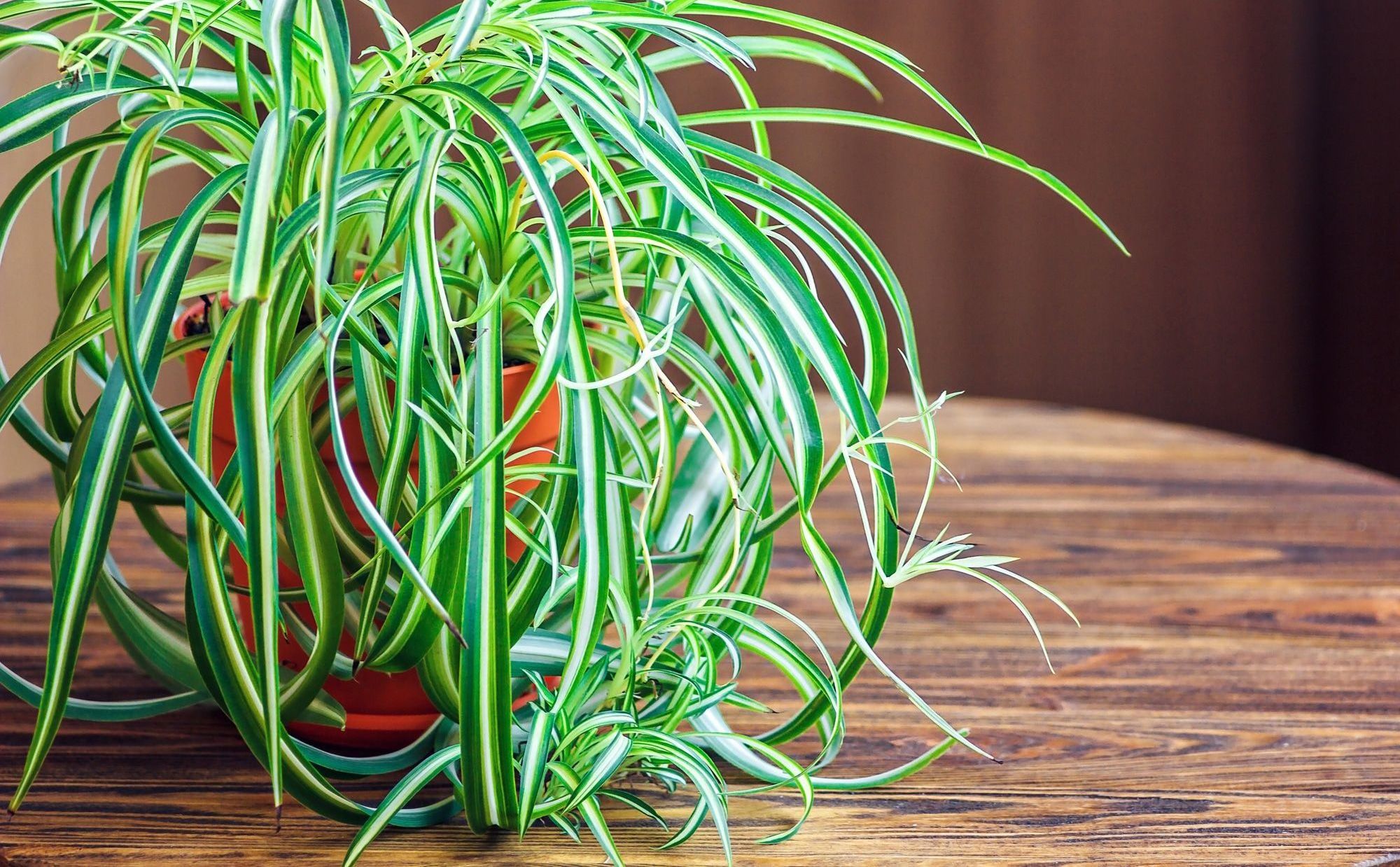
Selecting soil and pot for chlorophytum
Selecting the right soil and pot is an important step in caring for chlorophytum, which will provide it with optimal conditions for growth and development. Here are some recommendations to help you make the right choice:
Priming:
Chlorophytum requires well-drained and light soil. It is best to use a universal soil mixture for indoor plants with the addition of sand or perlite. This will ensure good air permeability and drainage, preventing moisture stagnation in the roots.
Pot:
The choice of pot also plays an important role. The pot should have good drainage holes to avoid water stagnation in the soil. The optimal pot size depends on the age of the plant: young plants can be placed in small pots, and for adult plants, choose more spacious containers. Plastic, ceramic or clay pots are suitable for chlorophytum, but keep in mind that clay pots dry out faster, so they may require more frequent watering.
Soil mixture for self-preparation:
To create the optimal soil for chlorophytum, you can take a universal soil mixture for indoor plants and add sand and perlite to it. The proportions can be approximately as follows: 2 parts soil, 1 part sand and 1 part perlite. This will ensure good drainage and ventilation for the roots.
Pot and drainage:
In addition to choosing the soil, pay attention to drainage. Put a layer of coarse material, such as expanded clay or pebbles, on the bottom of the pot to ensure good drainage of excess moisture from the soil. This will help avoid over-watering the roots.
By following these recommendations, you will be able to choose the ideal soil and pot for your chlorophytum. A properly selected habitat will promote healthy plant growth and create optimal conditions for it to thrive.
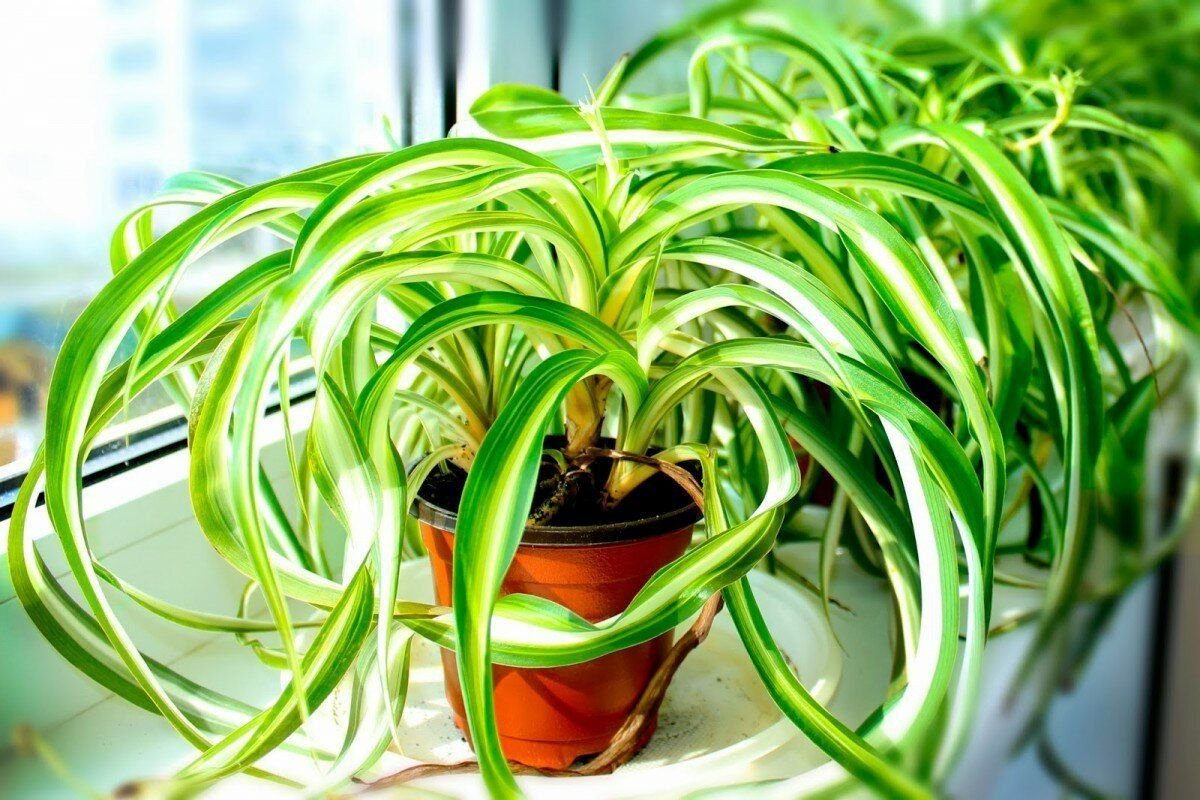
Reproduction of Chlorophytum at home
Reproduction of chlorophytum at home is a fascinating process that allows you to increase the number of plants and share green beauty with friends. There are several ways to reproduce the plant, each of which has its own characteristics:
Dividing the bush:
This method is suitable for older plants with well-developed root systems. Remove the plant from the pot and carefully divide the root ball near the center. Each part should be accompanied by leaves and roots. Then transplant the separated parts into separate pots with new soil and care described above.
Cuttings:
This method is suitable for young shoots. Choose a healthy shoot with several leaves and carefully cut it from the mother plant. Remove the lower leaves, leaving only the upper ones. Plant the cutting in pre-prepared soil (according to the mixture for indoor plants) or glass with water to form roots. Keep the cutting in the shade and mist with moisture to maintain humidity.
Propagation by ampel:
This method is used for multi-tiered plants with long shoots. Cut off the lower shoot with aerophiles and some leaves. Hang it above the surface of the water in a warm and bright place. When roots appear, you can transplant it into a pot.
Propagation by seeds:
Chlorophytum seeds can be purchased or collected from mature plants. Plant them in potting soil, pressing down lightly on top. Keep the soil moist but not overwatered. Germination may take time, and this method is more labor-intensive.
Regardless of the method you choose, remember that propagation is a process that requires patience and care. Provide the new plants with the same conditions as the mother plant, and soon you will be enjoying the success and growth of your young chlorophytum.
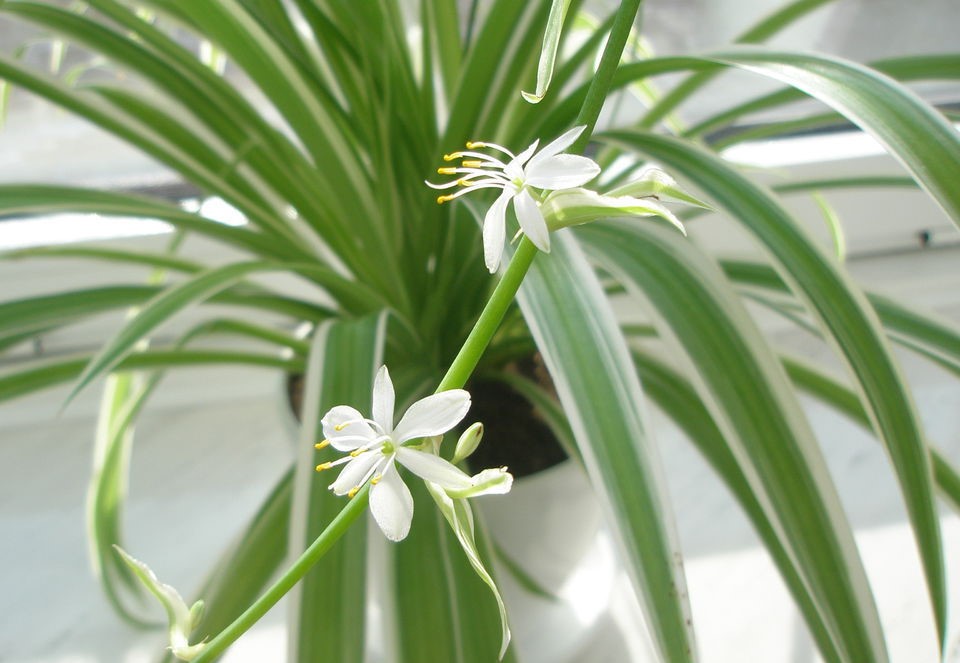
Transplanting and pruning chlorophytum
Repotting and pruning are important aspects of chlorophytum care that promote healthy growth and maintain decorativeness. Here are some recommendations for these procedures:
Transfer:
- Repotting time: Young chlorophytums are best repotted annually to ensure they have enough room to grow. Mature plants can be repotted every 2-3 years.
- Choosing a Pot: Choose a pot that is 1-2 sizes larger than the previous one. It is important that the new pot has drainage holes.
- Soil Preparation: Prepare a potting mix for indoor plants with some sand or perlite added to ensure good drainage.
- Repotting: Carefully remove the plant from the old pot, pinch off any excess or dry roots. Place the chlorophytum in a new pot, filling it with soil so that the roots are level, not deeper.
- Potting: Press the soil firmly around the roots to prevent air pockets from forming.
Trimming:
- Remove old leaves: Remove old and wilted leaves to encourage new growth. The plant will look neater and healthier.
- Bush formation: If you want the chlorophytum to have a compact shape, you can trim the side shoots. Leave only strong and healthy shoots.
- Trimming Flower Stems: After flower stems have finished blooming, they can be trimmed at the base to encourage new growth.
- Cuttings for Propagation: If you want to propagate the plant, use the cuttings to propagate.
Remember that both replanting and pruning are best done in spring or early summer when the plant is actively growing. Proper replanting and pruning will help your chlorophytum stay healthy, beautiful, and delight you with its green leaves.
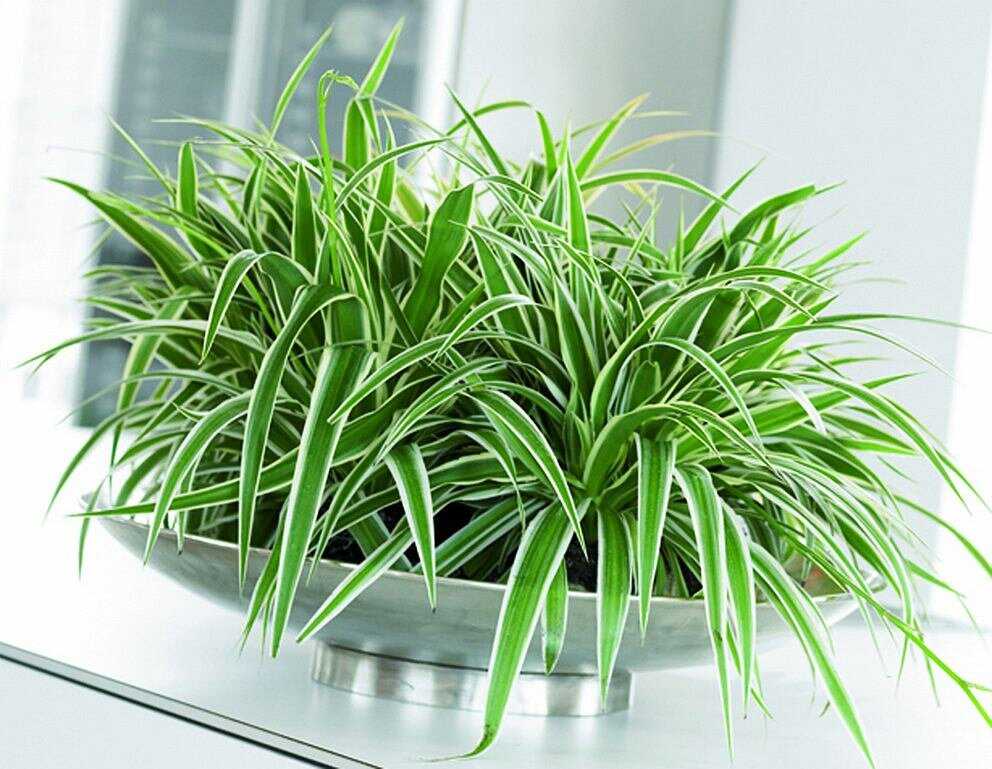
Chlorophytum blooming
Chlorophytum blooming is an impressive event that makes this plant even more attractive. Although Chlorophytum is known mainly for its green leaves, its flowers can become a real decoration of the house. Here are some details about Chlorophytum blooming:
- Chlorophytum flowers: The flowers of the plant are small, white or slightly creamy, collected in inflorescences-brushes, similar to panicles. They have a delicate aroma that can fill the room when the bud opens.
- Flowering conditions: Flowering usually occurs in spring or summer, when the days become longer and brighter. However, not all chlorophytums bloom - it depends on the species and care conditions.
- Care during flowering: During the flowering period, the plant requires especially careful care. Maintain standard care conditions: bright but scattered lighting, moderate watering and fertilizing with fertilizer for flowering plants. Do not allow the soil to dry out, but also avoid excess moisture.
- Removing faded flowers: Once the flowers begin to fade, remove them carefully. This will not only preserve the plant's aesthetic appeal, but will also help it focus its resources on growth.
- Flowering period: Chlorophytum flowering can last for several weeks or months, depending on the conditions and the type of plant.
Although blooming is not the main feature of Chlorophytum, it can give the plant some zest and additional charm. If your plant blooms, it can be a pleasant surprise and add a little color to its green foliage.
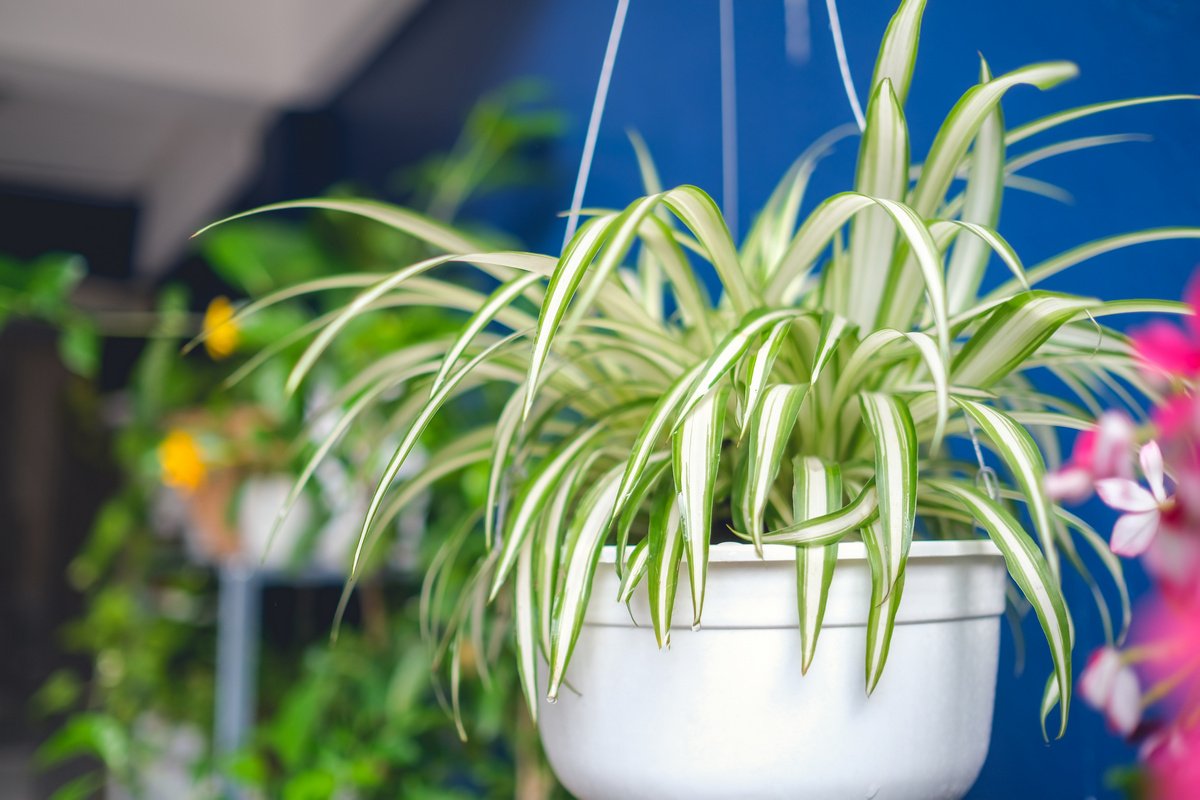
Lighting and care for chlorophytum in winter
Lighting and caring for chlorophytum in winter require some adaptation, as light levels decrease at this time of year. Here are some recommendations on how to ensure the healthy development of your plant during the winter:
- Lighting: In winter, the daylight hours become shorter, and the chlorophytum may not have enough bright light. Place it in a place with the greatest access to natural light. If possible, place the plant closer to the window so that it receives maximum diffused light.
- Artificial lighting: In conditions of insufficient natural light, artificial lighting can be used. Place lamps with neutral white or light blue light near the plant. Please note that the duration of daylight for chlorophytum in winter should be increased to 12-14 hours.
- Watering: In winter, the plant requires less water as growth slows down. Water the plant moderately, wait until the top layer of soil dries out before watering again. Avoid overwatering as this can lead to root rot.
- Humidity: During the winter months, the air in the room may become drier due to the operation of heating systems. Mist the plant with light water to maintain moisture around the leaves.
- Temperature: Chlorophytum feels best at temperatures from 18°C to 24°C. Avoid sudden temperature changes and cold drafts.
- Top dressing: In winter, the plant grows more slowly, so you can fertilize less often. If you decide to fertilize, use a fertilizer for indoor plants with a reduced nitrogen content.
Caring for chlorophytum in winter requires attention and adaptation to reduced lighting. Proper lighting, moderate watering and maintaining optimal conditions will help your plant overcome the winter period successfully and remain healthy and beautiful.
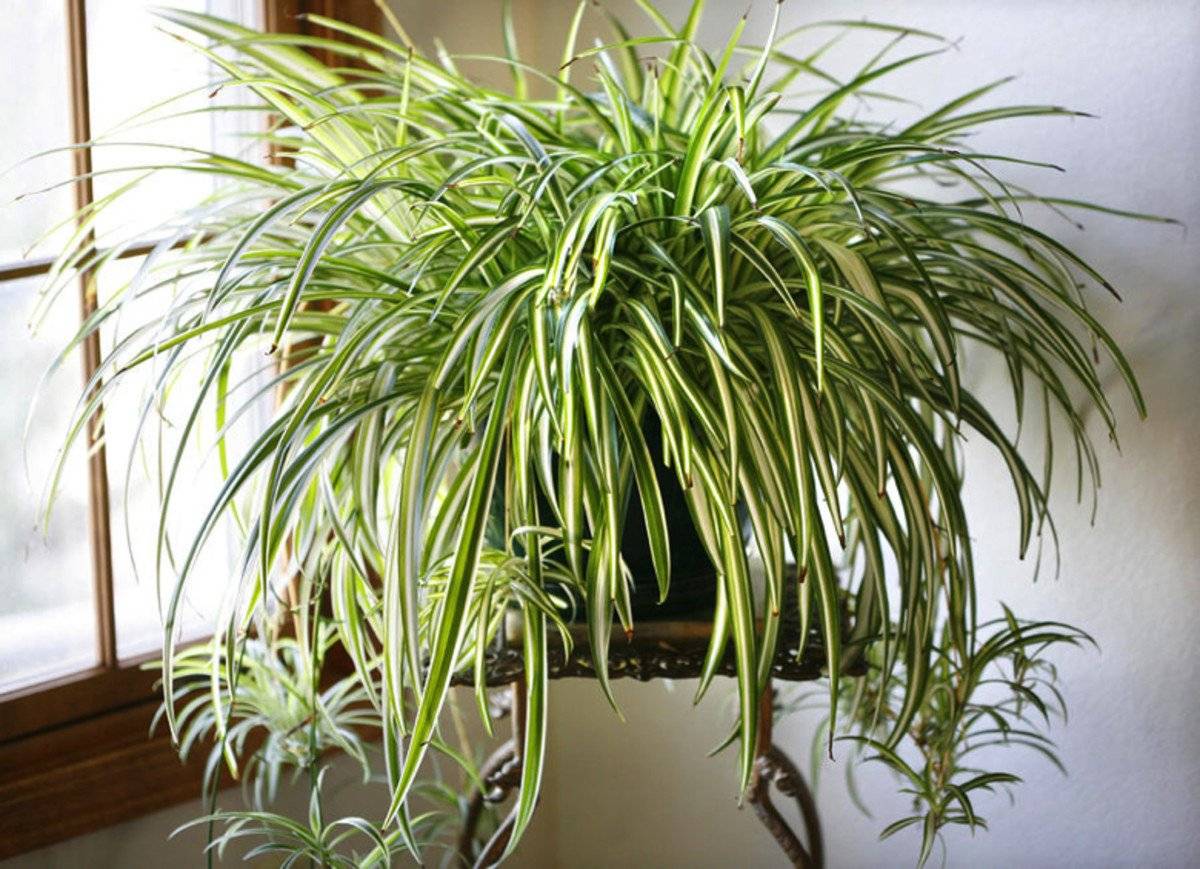
Tips for growing plants
Here are some useful tips for growing chlorophytum plants:
By following these tips, you will be able to successfully grow a healthy and beautiful chlorophytum, which will delight you with its greenery and brightness.
Conclusion
As a result, chlorophytum turns out to be an incredibly grateful plant for decorating home space. Its care and propagation, choice of soil and pot, lighting and watering regime - all these aspects require attention and care, but in return they provide us with a picturesque and living decoration.
It is able to create an atmosphere of natural harmony in any room, emphasizing the style of the interior and giving it a special charm.
Careful treatment of chlorophytum will result in it becoming not just a plant in a pot, but a real companion of your home life, bringing joy with its green leaves and life-giving air.

